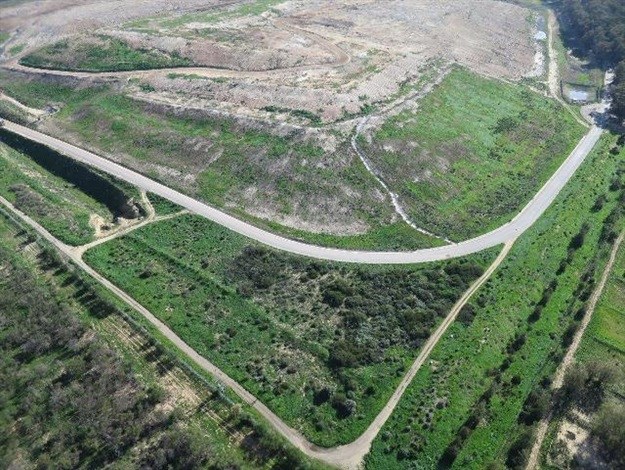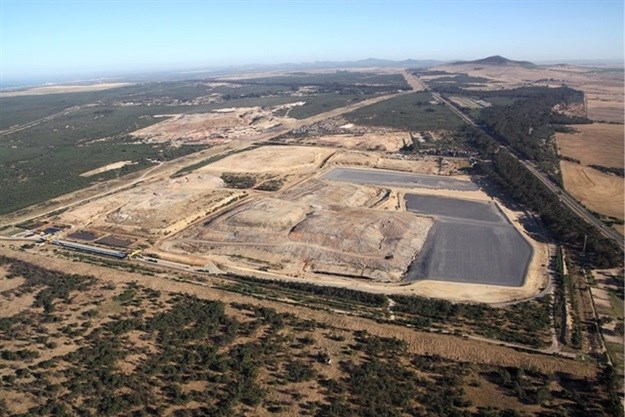
Top stories



Marketing & MediaCammy Msimango on finding her footing in South Africa’s fast-moving digital newsroom
Esther Tomorrow, MDNTV 1 day




Part of this rehabilitation includes reducing the visual impact of the decommissioned landfill with landscaping and indigenous vegetation. In this regard, the city requested a study to determine what is necessary to help new plants thrive and which plant species were best suited to survival on the landfill slopes. Ultimately, it is foreseen that the site will be incorporated in to the Blaauwberg Conservation Area as a wildlife habitat.
For the purposes of the experiment, a portion of the currently active landfill zone was capped with a clay layer, as per the standard process of decommissioning a landfill site. An impermeable geotextile membrane was also established to prevent contamination by waste which had been disposed of through the landfill process. Furthermore, the area was divided into zones with different soil depths. The main area of interest of the experiment was whether increased soil depths would sustain a greater number of vegetation species, although many other valuable lessons were learnt.
One of the major challenges to the rehabilitation of a barren area, especially in high wind zones, is the high levels of erosion that make it difficult for plants to establish themselves. With this in mind, higher grass content was specified to mitigate against potential erosion as these plants are hardy and fast-growing. They can also help to create the right conditions for other plants to establish themselves.
In general, the species commonly found in the Vissershok area and which are endemic to a lowland thicket biome were selected in order to blend the site into the surroundings as best as possible.

The project is being monitored and the outcomes are being recorded, but initial results have confirmed expectations that the pioneer species (i.e. grass and other hardy vegetation) would establish first, thereby creating a stabilised environment in which the slower growing plants could establish themselves. Encouragingly, within a year some perennials had taken root and were tolerating the harsh conditions.
"The lessons that have been learned through this experience will go a long way to ensuring that the site can be returned to nature, first as a wildlife habitat and eventually, once open to the public, to expand our conservation efforts and to enable future generations to enjoy our natural heritage," said the City’s Mayoral Committee Member for Utility Services Alderman Ernest Sonnenberg.